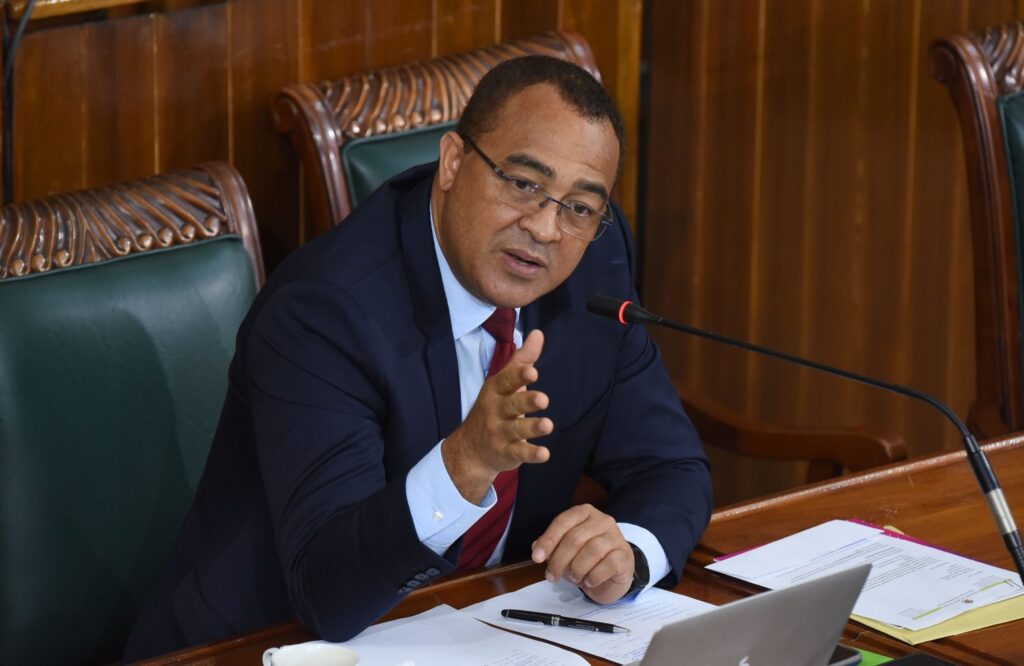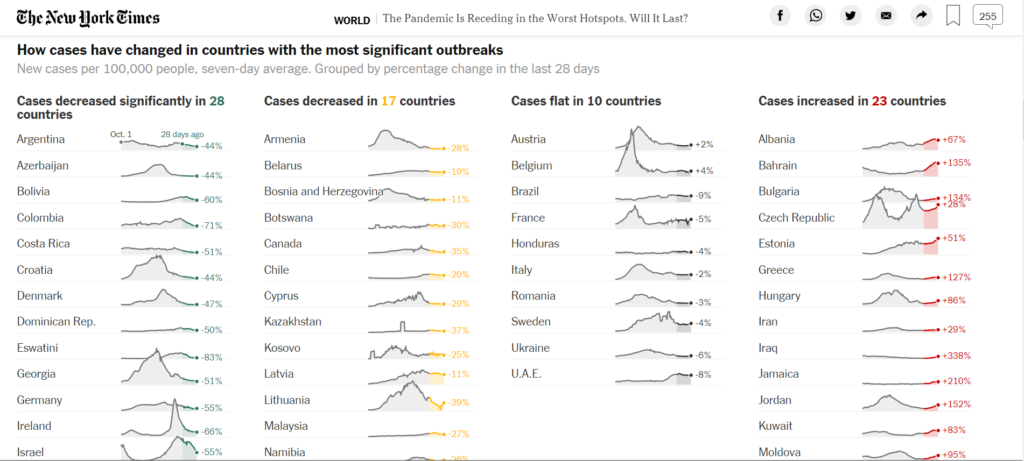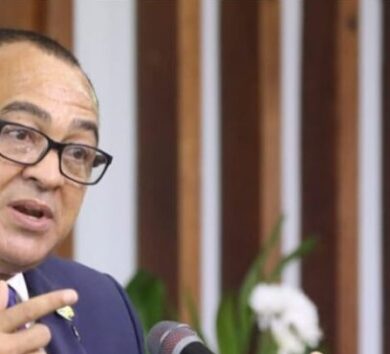

There has been a strong reaction to an article published yesterday on this media platform which highlighted data from the New York Times that revealed Jamaica was over the past month experiencing, relatively, one of the worst explosions in COVID-19 cases in the world.
The article referred to it as the second largest outbreak of the past month.
With the focus at all times on what had occurred across the globe over the previous 28 days, the information presented may have been more palatable to some if it had been referred to as ‘the second largest spike’.
A GOOD STARTING POINT FOR ADDRESSING COVID CONCERNS
With that said, the attention given to the data outlined by the New York Times is indeed a good starting point for truly addressing the growing concern of many Jamaicans as the impact of the COVID-19 pandemic continues to get worse and worse.
The revelation that only Iraq has seen a relatively worse spike in COVID-19 cases has major implications for tourism and other interests as it highlights the struggles Jamaica faces in getting a grip on this deadly disease, just two weeks short of a year since the first case was confirmed here back on March 10, 2020.
In recent weeks, Jamaica has seen the number of daily confirmed cases reach record levels, and there has been little sign of those numbers going down anytime soon. At the same time, the Government has acknowledged that the island’s hospitals are under pressure and it remains unclear whether vaccines will indeed arrive in the island before the month ends four days from now.
MOST STILL HAVE LONG WAIT FOR VACCINES
Even when those vaccines arrive, and are distributed among priority citizens, the majority of Jamaicans will continue to wait for who knows how long. As they wait, crowds will continue to bunch together outside of tax offices, fast food outlets and other locations across the island, and individuals will continue to disregard masking and other protocols aimed at saving their lives.
Jamaicans must not comfort themselves with the fact that other countries have for months been coping with thousands of new cases per day. They must not remain complacent as the country inches closer to recording ‘just’ 500 cases in a 24-hour period.
With 21,826 confirmed cases up to Monday (February 22), the impact of 500 cases per day on the island is likely to be far more severe than what even 5,000 cases per day mean for larger nations with greater resources and facilities to assist those in need.
On Twitter last night, Health and Wellness Minister Dr Christopher Tufton dismissed the article published by Our Today as “misleading, unfair and incorrect”.
“The degree to which a COVID-19 outbreak is ‘bad’ ought to take the death and total case rates into consideration,” Tufton said.
“Despite the dramatic increase-which is serious & worrying-our death rate (# of deaths per 100,000 people) is 3.6. Of the 175 countries that there is data for, we rank 92nd. The case fatality rate in JA is 1.8%, placing us at 85/176 countries, below the global average of 2.2%.”

It bears repeating that the data provided by the New York Times indicated that Jamaica, at the time of their reporting, had experienced a 210 per cent increase in cases when compared to the rate 28 days earlier, a statistic that places it second behind only Iraq, at 338 per cent, for the period.
The numbers speak for themselves.
The New York Times was also careful to note that it opted, in its presentation, to only include countries that met two criteria: (a) outbreaks must be larger than 10 cases per 100,000 people since October 1, 2020, and (b), countries must have a population greater than one million people.
With those nations removed from the discussion, there was less room for skewing of the data by tiny nations with minuscule cases appearing to experience massive spikes because of small numbers of individuals being confirmed with COVID.
But with Jamaica remaining in the conversation, it made it to No 2 on the list of the 23 countries currently facing the worst increases in cases per capita – a situation that can change if cases start falling here and rising elsewhere.
While death rates were never the focus of the New York Times piece, there is reason to acknowledge Tufton’s comments and be grateful that Jamaica has been able to keep those numbers down so far.
However, with multiple recent reports of more than five deaths during 24-hour periods, and the danger of hospitals no longer being able to provide adequate care, let’s keep our eye on the ball.







Comments